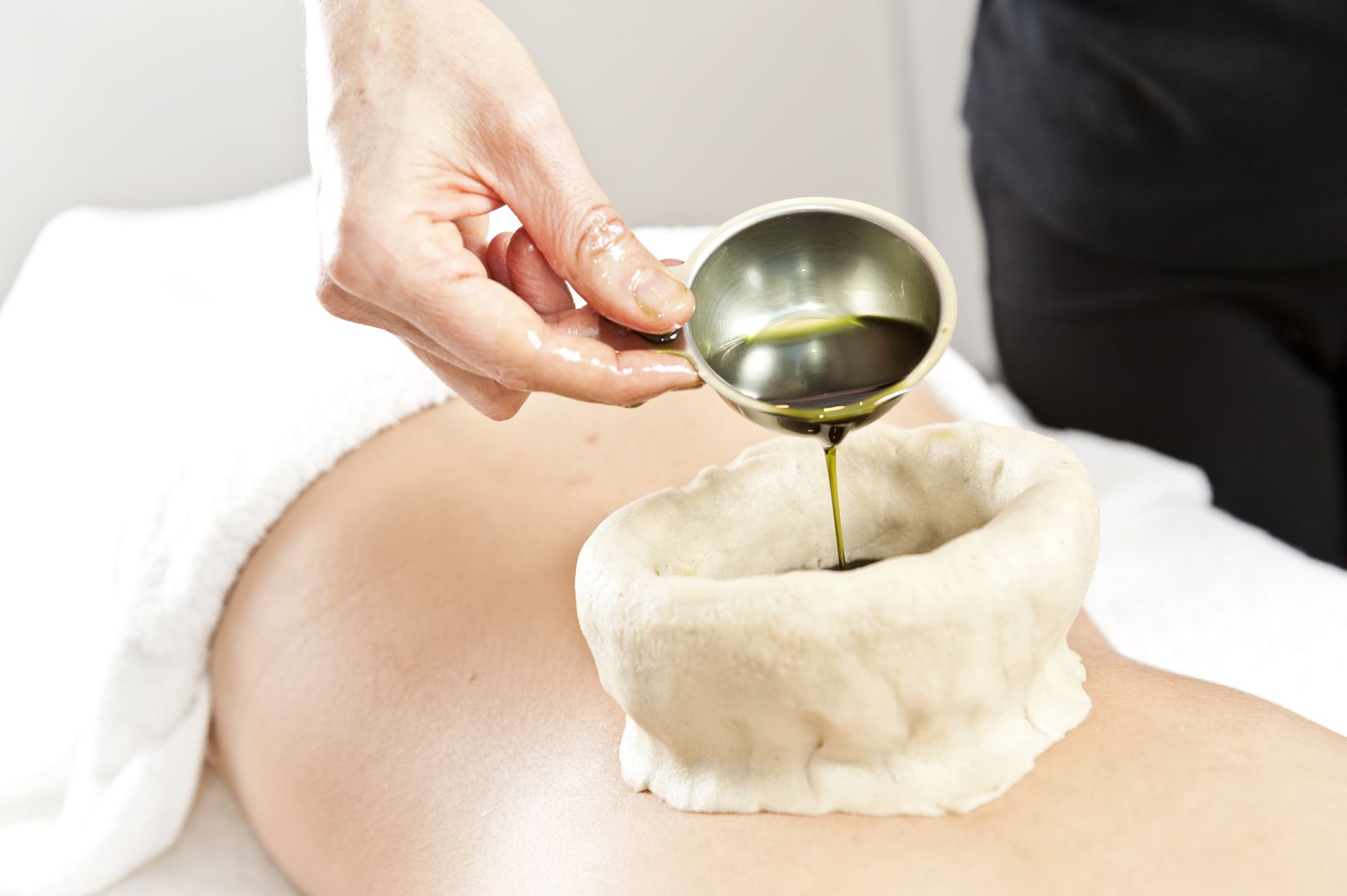Calming the Vata winds of the holiday season!

The festive season of fall and winter is a time of reflection on the year gone by and a time to be thankful for one’s blessings. It is also a time of overindulgence in seasonal treats, which compromises the body. To counteract these effects, traditional cultures of the world have devised some simple lifestyle techniques that I use in my Integrative Medicine practice.
Integrative Medicine is the coalescence of modern Allopathic medicine with an upcoming field of medicine called Functional Medicine and traditional and complementary healing methods like Ayurveda. Traditional Chinese Medicine, Acupuncture, Mind-Body healing techniques like yoga, meditation, and healing touch, to name a few. These tools in the tool-box of any Integrative Medicine practitioner are pulled out at the appropriate time. Integrative Medicine is truly “whole”ness in medicine. It is as individualized as it gets! While my main area of focus is Functional Medicine (finding out the root cause of illness, i.e. the ‘how’ and ‘why’ of any disease process), I do integrate it with other ancient healing arts, my favorite being Ayurvedic Medicine, which was an integral part of my upbringing in India.
Ayurveda, a 5000-year-old consciousness based healing tradition from India, is made up of two Sanskrit root words, Ayus (life), and Veda (knowledge) — Ayurveda means the knowledge or wisdom of life. Ayurveda’s premise is that we are an inseparable part of the universe, so are most certainly impacted by even the subtlest of changes in our environment.
According to Ayurveda, at the time of conception each one of us is infused with a different proportion of the five great elements (known as “The Panch Mahabhutas”) — Space (Akasha), Air (Vayu), Fire (Tejas), Water (Jal) , and Earth (Prithvi) which contributes to three major mind-body constitutions or body types of Ayurveda (Doshas) namely, Vata (preponderance of space and air), Pitta (preponderance of fire and water), and Kapha (preponderance of water and earth). While detailed discussions of these three Ayurvedic mind-body types and their subtypes is beyond the scope of this article, it is pertinent to state that the objective of any integrative physician should be to understand and evaluate their patient’s unique Dosha and to try and restore it back into balance.
Environmental changes are very closely mirrored by our body systems. During such transition periods it is of utmost importance to give our body as much nourishment as we can, so with minimal effort it continues to maintain harmony of all organ systems. At these times, I would prescribe an individualized regimen of lifestyle, diet, sleep, exercise, and mind-body techniques to match, balance and support my patient’s individual constitution.
Fall and winter is Vata season (November through February). Vata Dosha controls all movement in mind and body, i.e. blood flow, breathing, waste elimination, movement of thoughts, to name a few. It even governs the movement of Pitta and Kapha Doshas, hence Vata is rightly considered the leader of the three. It is imperative to keep Vata in a balanced state at all times since when out of balance, it pushes the other two Doshas out of balance very easily. The qualities of Vata Dosha are: cold, dry, rough, light, windy and irregular, so an increase in these qualities during the Vata season can cause dry, cracking, dull and rough skin; exacerbate worry, anxiety, irritability, spaciness and sleeplessness (insomnia) in some; cause slowing or irregularity of the bowel transit time leading to constipation, gas, bloating and IBS-like symptoms; cause spells of forgetfulness; painful joints and even easy fatigability.
If one is predominantly of Vata constitution, that is, eating mainly a Vata-aggravating diet (cold, raw foods and liquids), living a Vata-aggravating (irregular schedules) lifestyle, or is in the Vata time of life (from 60 years of age on up), the effect of Vata imbalance on skin, mind and all body organs is even stronger. To counter these, Ayurveda suggests some simple but very effective techniques that reduce the chances of forming toxic residues (Ama) and enhance the flow of vital life force energy (Praana) and build the sweet essence of health and vitality (Ojas) within us:
- Abhyanga: Daily full-body self-massage using warming and heavy Dosha specific Ayurvedic essential oils
- Stay warm, keeping the skin, head and ears covered to prevent further drying and loss of moisture;
- Preferentially using natural silk or wool clothing rather than synthetics;
- Using sweet and floral essential oils in your warm bath regularly;
- Diet: Ayurveda recommends cooking with Dosha specific herbs and spices; drinking warm fluids throughout the day; eating fresh, warm and well-cooked foods and avoiding raw and cold foods like salads. Most certainly avoid processed, stale foods including left-overs as they have no life force or Praana left in them.
- Eat largest meal around noon when the digestive fire (Agni) is at its strongest. To pacify Vata, sweet, sour and salty tastes are best eaten at this time. Eat your meals in a peaceful environment.
- If you are expecting some dietary indiscretions in the day, sip ginger tea or eat some sliced ginger a few minutes before your meal.
- Avoid all stimulants: caffeine, nicotine;
- Practice breathing exercises (Pranayama) daily, especially when stressed and anxious;
- Meditate; practice Yoga daily;
- Maintain regular sleep-wake schedule in spite of irregular and demanding holiday schedules. Routine is the key!
- Ensure regular daily bowel elimination to prevent build up of toxins.
- Keep some “me” time in the midst of the chaos.
My aim is to help explore these expansive wonderful fields of Integrative Medicine and Functional Medicine with the intention to empower one with the basic knowledge of how ‘real’ food and a nourishing lifestyle not only prevents illness but creates a positive impact towards leading “whole-istic” lives.
Cheers to a blessed, healthy and safe ‘Vata’ season in this New Year!
websol December 19th, 2013
Posted In: Blog Post





